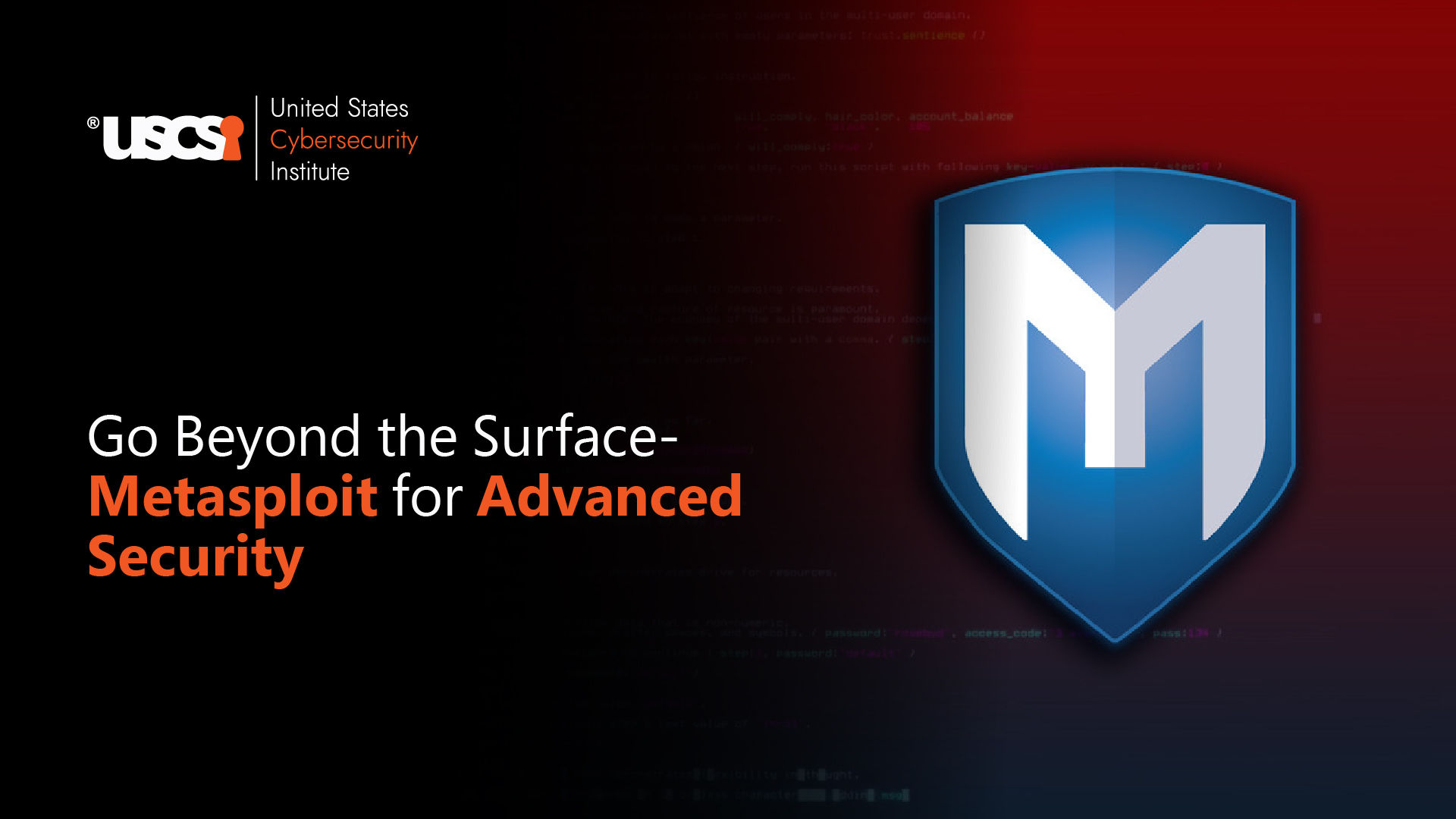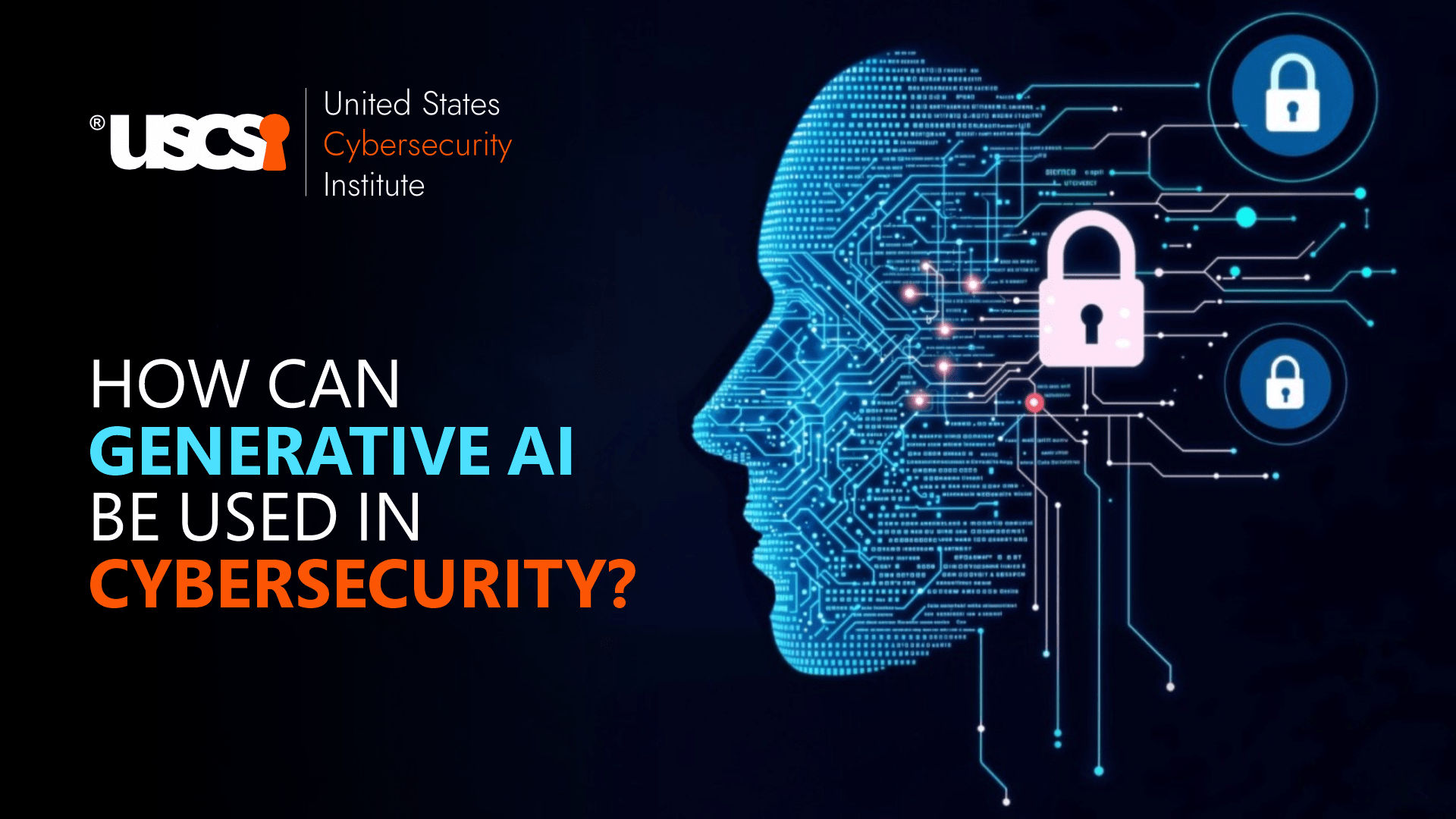

Network Detection and Response (NDR): Unraveling the Enigma of Modern Cybersecurity
You’re in the labyrinthine lanes of the cybersecurity world, where digital shadows lurk to take your possessions and identity, and conspire against you. Helpless, you relent to their superior tech capabilities and become a victim.
But wait, there is a new sentinel on the horizon – Network Detection and Response (NDR). But why exactly is it making waves and has become the talk of the infosec town chatter already?
The Genesis
Traditional cybersecurity approaches have always focused on perimeter and surface defense. They relied on firewalls, instrusion prevention systems, and antivirus software. The sophistication of modern attacks, however, have rendered them insufficient. The rise of polymorphic malware, social engineering and zero day threats have made a more comprehensive approach not just necessary but critical.
As the digital landscape morphed into a complex system of IoT devices, millions of cloud computing instances, the traditional systems began to falter. Enter NDR, the morphed child of necessity and innovation, born from the ashes of its traditional predecessors.
NDR – More Than You Think
NDR can be called a vigilant sentinel which performs several functions simultaneously, protecting the enterprise from multiple threats, even at the same time. These include:
- Real Time Network Traffic Analysis – Continuous monitoring of Network traffic to identify anomalies and suspicious behavior.
- Machine Learning Algorithms - These sophisticated algorithms detect and predict the chances of network intrusion
- Behavioral Analytics – Analyzes the behavior of the user to detect any changes in behavior or anomalies
- Automated Responses – Automatically responds to any external threat to the network or its devices and shields them from attacks.
- Threat Detection – Detects external prevalent threats in real time and automatically responds to any similar threat to the network.
- Incident Response – Proactive Detection and Response is a key functionality of NDRs. This includes automated capabilities to contain and mitigate detected threats.
- Identifying Insider Threats – NDR solutions detect anomalous behavior from authorized personnel, preventing data breaches and IP theft
- Preventing Ransomware Attacks – It has been a few years now that Ransomware has taken the cybersecurity world by storm. NDR can identify and block ransomware attacks before they encrypt critical data, minimizing downtime and data loss
- Enhancing Cloud Security - With businesses and governments moving to the cloud en masse, there is a need for a consistent security framework to protect data and applications. NDR provides visibility and threat detection for Cloud Infrastructures, ensuring that the resources are secure.
The Anatomy of NDR Solutions
The vital organs that comprise an NDR solution are important to know to fully understand how this cybersecurity marvel functions:
- Data Collection – NDR starts with the ingestion of vast amounts of network data including raw packet captures, Netflow data, DNS queries, Application Logs and pretty much anything that moves along the network. This data gathering is continuous and comprehensive at the same time.
- Analysis – This is the primary workhorse of the NDR solution. The analysis phase is where things get interesting with the involvement of several new innovative technologies like Threat Intelligence Integration, which tap into global threat feeds, staying updated with the latest cybercrime tactics, procedures and techniques used by hackers.
- Detection – This is where the alarm bell starts sounding. When an NDR finds something inappropriate, it doesn’t set off alarms. Instead, it provides Contextual Alerts that provide the right and rich context around potential threats, Scores Risk and Mitigates it to provide the highest priorities in anomaly detection
- Visualizations – Many NDR solutions provide intuitive visualizations of all network activity and potential threats.
- Response – This is exactly where this technology outshines most others in its ilk. In case of threat detection, it can automatically insolate infected devices, modify firewall rules to block malicious traffic, trigger additional data collection for forensic analysis, and even integrate with Security Orchestration, Automation and Response for a coordinated incident response.
Looking Ahead – The Future of NDR
With the cyber threat landscape continuing to evolve, the capabilities of NDR systems cannot be left behind. Emerging trends in the field include:
- AI and ML – Like almost every industry it has touched, AI and ML will revolutionize the NDR segment with the enhancement and efficacy. With improved models, AI driven automation will streamline response workflows.
- The Zero Trust Integration Factor – This is expected to be a game changer in transforming the way businesses approach Network Security. NDR’s role will be critical by providing continuous monitoring and enforcement of security policies across all network segment, with the integration of cloud Identity and access management systems.
- Ethical Frameworks – Robust ethical guidelines that govern that development and use of this technology, protecting an individual’s privacy, cognitive liberty and self-determination when it comes to their own private data within the organization
- Leveraging Threat Intelligence Sharing – The cybersecurity world has become extremely well-networked, with online bulletin boards, forums and eve social media. Sharing of Threat Intelligence can be done at the snap of a finger. NDR systems that can ingest and act upon intelligence shared by other organizations or associations will definitely be in a better position to defend against threat actors.
The Future Proofing Imperative
The ever-changing world of cyber threats highlights the significance of cybersecurity experts' ongoing education and certification. It is essential to stay up to date with the latest advancements in NDR technology and emerging threats in order to maintain an effective protection posture. Several high end professional cybersecurity certifications, such as those offered by USCSI, provide a structured framework for acquisition and validation of important skills. In the end, it represents a commitment to oneself and one’s career, and moreover should be spurred on by the organizations’ commitment to fostering a culture of continuous learning.
This proactive approach to skill enhancement is vital for keeping pace with the ever-evolving cyber threat landscape and safeguarding critical assets.
NDR is a critical evolution in cybersecurity. With the cyber landscape continuing to evolve, NDR’s role will will become increasingly pivotal in Network Threat Protection. To fully mitigate this, continuous skill upgrades and certifications are imperative, keeping them ahead and protecting organizational assets.





